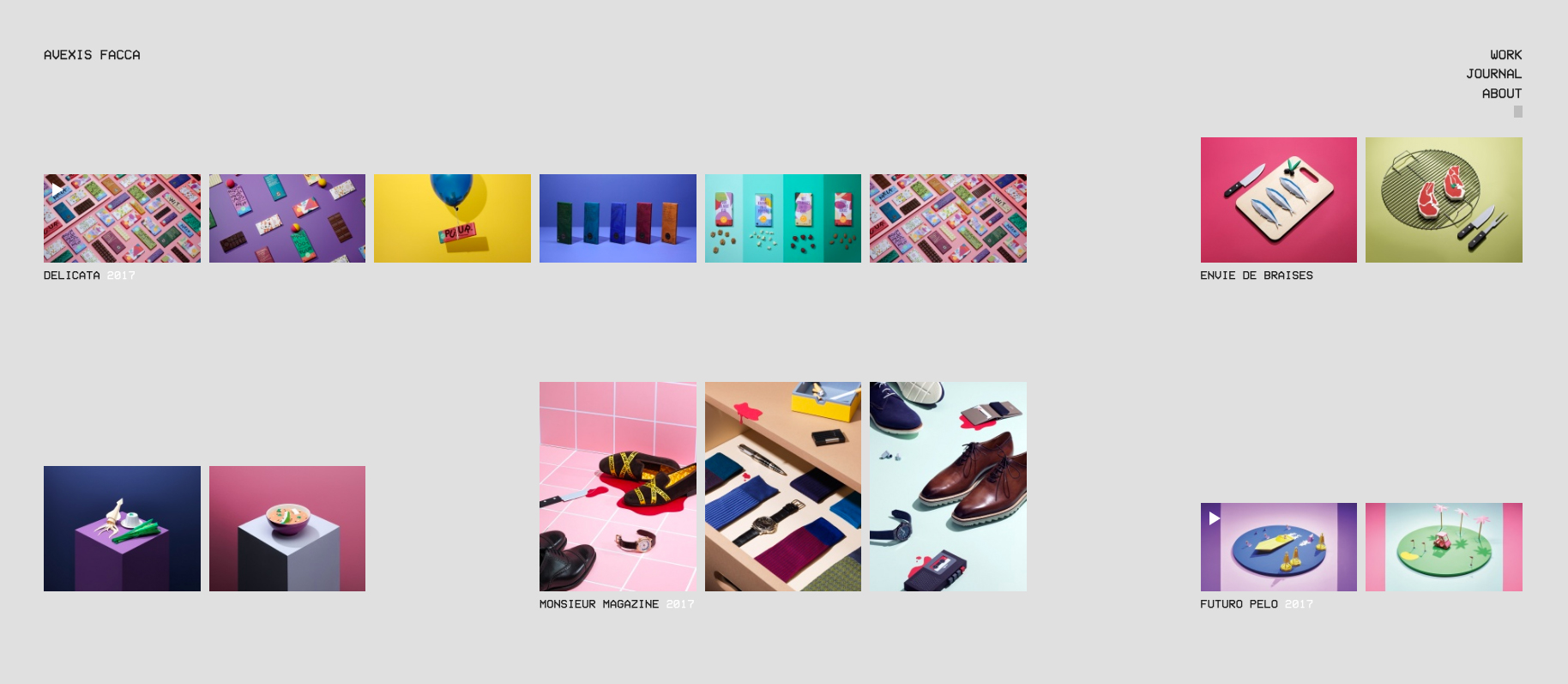Why it's time for students to stop relying on software
Is graphic design being taught in the wrong way? We explore an alternative approach.

Every summer in the UK, thousands of graphic design students graduate and start looking for jobs. It’s a massively competitive market, so if a student wants to get the best job, they need to stand out from the crowd.
This need for graduates to rise above the pack brings about an exciting challenge for educators, and we are constantly trying to find the best way to help our students.
My most successful graduates have not always been the most technically accomplished. But they have been ambitious, able to pitch, eager to talk about their work, and with a design portfolio full of great ideas.

InDesign is useless if you don’t have a good understanding of grids, typography and visual composition
While I understand software skills are necessary, and the industry corroborates this, it’s important that educators prioritise ideas, a thorough knowledge of the principles of design and a good sense of how to conduct research.
If you understand the principles of design, it should be easy to problem-solve a piece of software.
For example, InDesign CC is a pretty intuitive piece of kit, but it’s useless if you don’t have a good understanding of grid theory, typography and visual composition. To gain knowledge of such principles, you don’t need software, just an inquisitive mind and some time to do a bit of reading.
Additionally, the skills learned through this problem-solving can also be applied to other creative tasks, such as responding to a brief. Once you have a concept and know what you need to achieve, that is the time to pick up the right tool – this may be software, or something else.
Daily design news, reviews, how-tos and more, as picked by the editors.
Software problems
The focus too many students have as they start graphic design degrees is to learn as much as possible about the associated software package. And while I would not discourage this, it needs to be just one part of a course’s focus.
I ask students if they would prefer to spend three years learning something that might be completely overhauled in a month – or worse still, become redundant (think of the decline in the use of Flash). Or would they rather focus on ideas, and knowledge that never dates?

I’ve worked with students who have spent inordinate amounts of time working through tutorials to give typography a wood effect in Photoshop, and then give it realistic lighting and shadows to make it look ‘real’.
Instead, I would propose spending 20 minutes in a woodwork studio and 20 more in a photography studio. Not only is the photographic approach quicker, but it will stand out more in a portfolio and show a greater sense of adventure and better problem-solving.
If your projects are limited by the possibilities of the software you are using, the outcomes will never be innovative. Far too many portfolios look like a series of technical exercises, and this is missing the one thing the industry needs above anything else: great, innovative thinkers full of ideas.
A seismic shift
So, where does this idea that graphic design can be broken down into several easy-to-learn components come from? From the earliest years in education, students are sold the notion of building blocks to success. If they can learn the right answers, they will pass the test and proceed. However, in the design industry, there is no right answer – just the one you have the confidence to pitch.
It’s a seismic shift for some students, but educators need to encourage their cohorts to embrace not knowing answers immediately, and then show them how to problem-solve. But how does an educator teach students the skills necessary to thrive in design, such as adaptability, resilience, efficiency and innovation?
Educators need to encourage their cohorts to embrace not knowing answers immediately, and then show them how to problem-solve
I would suggest that right from the first year, students should pitch, present and be encouraged to talk about their work as much as possible. Educators need to offer students as much access to the industry and live clients as possible.
Real-world experience will help sharpen and focus a student’s ambitions, and meeting a cross-section of the industry will help them find the roles they want to apply for later. Many students are not aware that graphic design employment goes further than the person sitting on a Mac using Photoshop; they do not know about copywriters, strategists or account managers.
While I do believe that graphic design courses should demonstrate the basics of each major software package (alongside offering inductions to Fab Labs, photography, sound recording, amongst other things), students can only innovate and show real ambition when they apply the skills they’ve learnt to solve real-world problems.
This article originally appeared in Computer Arts, the world's leading design magazine. Subscribe here.
Related articles:
